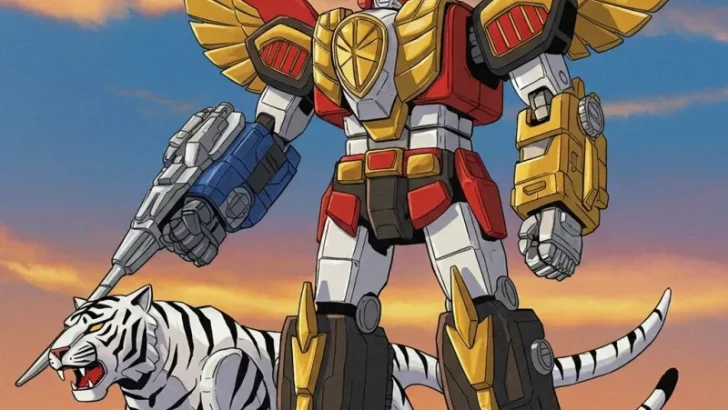Looking back on childhood, many of us fondly remember the cartoons that shaped our imaginations and entertained us. However, some of these beloved shows were more than just animated adventures; they were tools of government influence, subtly woven with messages intended to mold young minds. Here, we delve into 15 childhood cartoons that carried hidden agendas, serving as unsuspecting platforms for government propaganda.
1. G.I. Joe: A Real American Hero
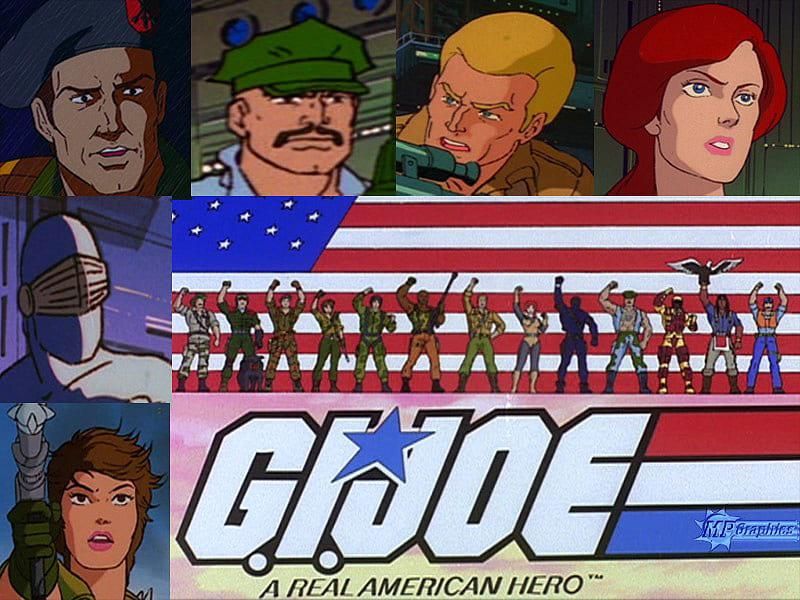
G.I. Joe was not just about action-packed battles and daring rescues. It was a carefully crafted message about patriotism and military might. The show depicted the U.S. military as the ultimate force for good, instilling a sense of national pride in young viewers.
Each episode often concluded with a moral lesson, reinforcing societal values aligned with government ideals. Through its engaging storylines, the show subtly endorsed military enlistment as noble and heroic.
Did you know? The series was developed alongside a toy line, promoting militaristic play patterns among children.
2. Captain Planet and the Planeteers
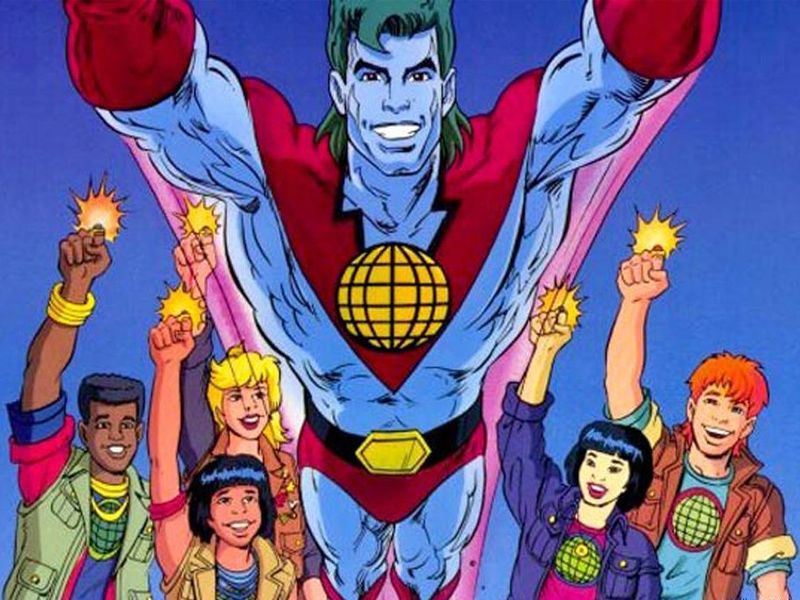
Captain Planet was more than just an eco-friendly superhero. It was a direct response to growing environmental concerns, backed by government and environmental groups. The show aimed to educate children about ecological issues and the importance of environmental protection.
Through its colorful characters and engaging plots, it pressed the urgency of activism, emphasizing personal responsibility in saving the planet.
Interestingly, the series often mirrored real-life environmental policies, acting as an animated ambassador for government-backed ecological initiatives.
3. ThunderCats
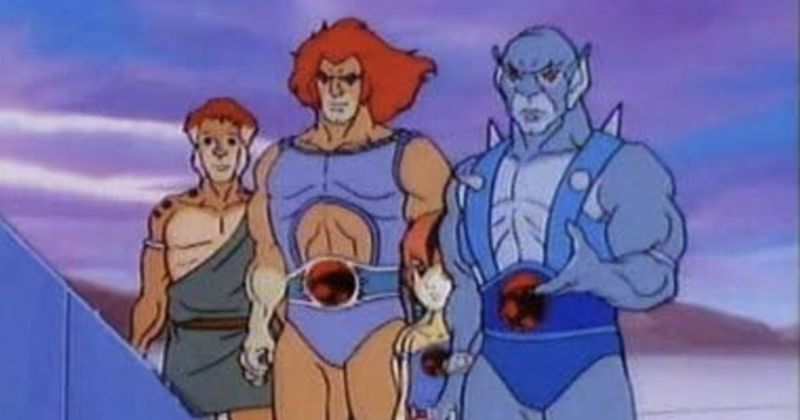
ThunderCats wasn’t just a tale of feline heroes; it was a metaphorical narrative on unity and leadership. The series depicted the ThunderCats overcoming diverse challenges through cooperation, reflecting Cold War-era sentiments about alliance and unity against common threats.
Each character represented different strengths, showing the value of diversity and collective effort.
The show’s blend of fantasy and moral lessons subtly encouraged teamwork and leadership qualities, echoing governmental ideals of the time.
4. He-Man and the Masters of the Universe
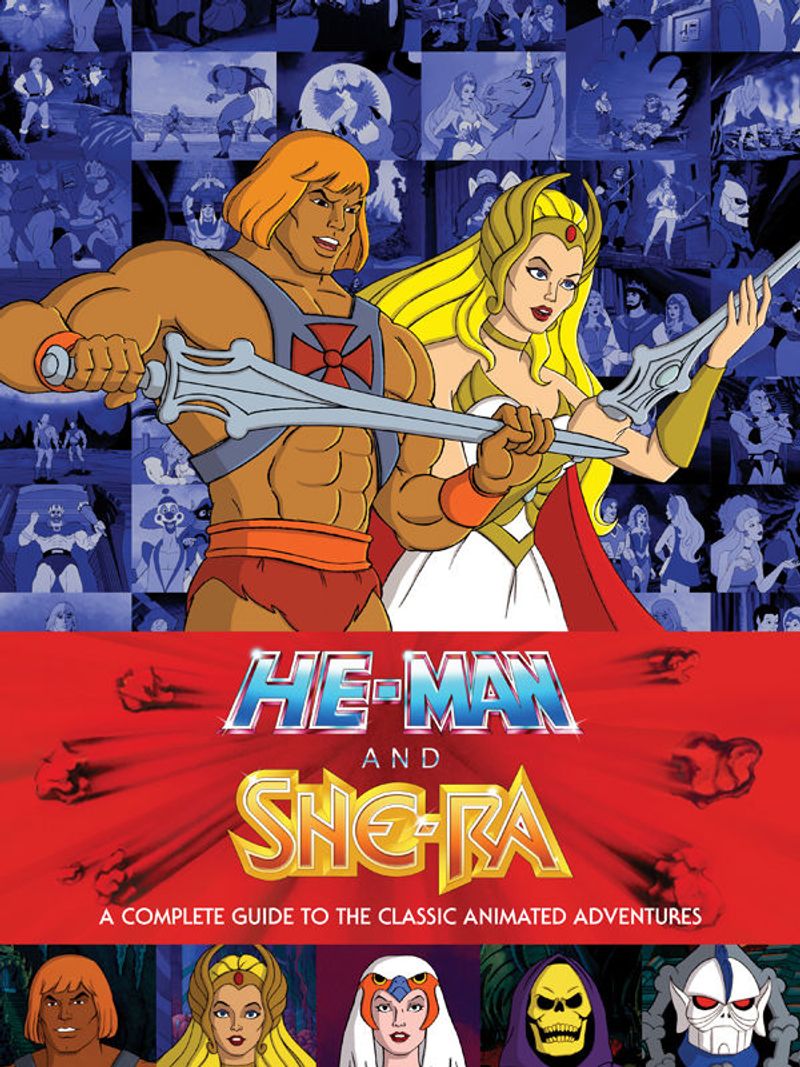
He-Man was not merely a story of good versus evil. It carried undertones of strength, courage, and moral righteousness. The show’s creators designed it to promote traditional values, aligning with governmental narratives of order and justice.
The iconic phrase, “I have the power!” became a symbol of the triumph of good, reinforcing the idea of moral superiority.
Fun fact: He-Man was one of the first cartoons to be adapted from a toy line, blurring the lines between entertainment and merchandise.
5. Teenage Mutant Ninja Turtles
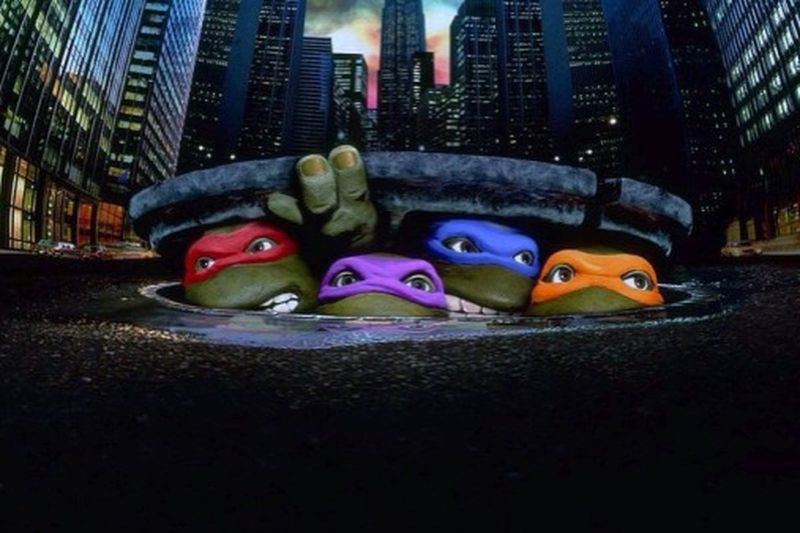
The Teenage Mutant Ninja Turtles were not just pizza-loving reptiles fighting crime. They embodied themes of vigilance and civic duty, subtly reinforced through their adventures.
The turtles’ commitment to justice and combating crime echoed messages of civic responsibility. Each episode encouraged viewers to stand against wrongdoing, a narrative consistent with societal norms.
Interestingly, the series also addressed issues of pollution and urban decay, aligning with governmental environmental concerns of the time.
6. Transformers

Transformers was more than an epic battle between Autobots and Decepticons. It symbolized technological advancement and the triumph of good over evil.
The show paralleled Cold War technology races, subtly promoting technological superiority and innovation. The Autobots’ battles against Decepticons mirrored the ideological clashes of the era.
Did you know? The Transformers franchise started as a collaboration between American and Japanese companies, highlighting international cultural exchange.
7. DuckTales
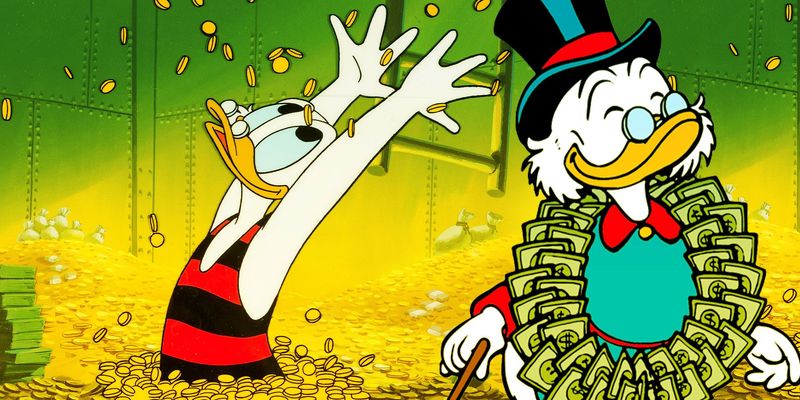
DuckTales wasn’t just about adventure and treasure. It was a narrative on capitalism and economic prowess. The show glorified wealth accumulation through Scrooge McDuck’s adventures, reinforcing the virtues of hard work and enterprise.
The series celebrated entrepreneurial spirit and resourcefulness, subtly echoing the capitalistic values prevalent in society.
Fun fact: Scrooge McDuck was inspired by the character Ebenezer Scrooge from Charles Dickens’ “A Christmas Carol.”
8. The Real Ghostbusters
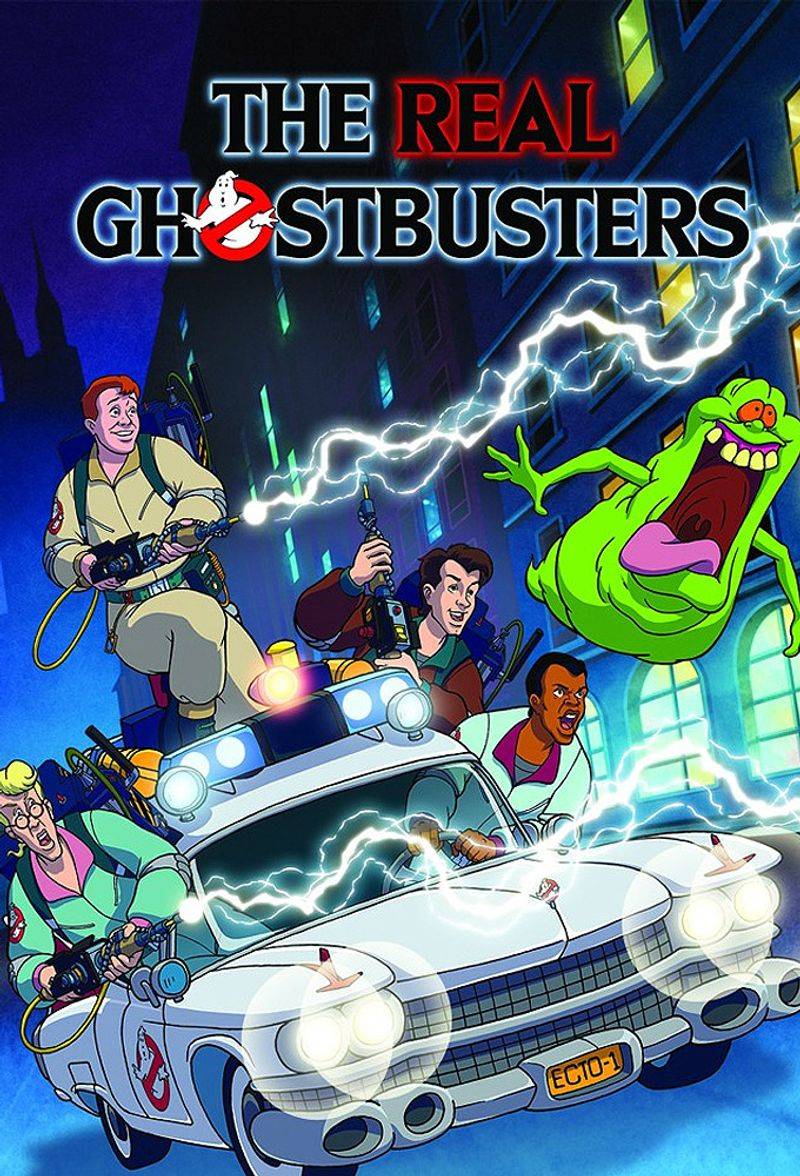
The Real Ghostbusters wasn’t just a spooky comedy. It carried themes of scientific curiosity and skepticism. The show promoted a rational approach to problem-solving, mirroring societal emphasis on science and technology.
By blending humor with ghostly adventures, it subtly endorsed logical thinking and critical inquiry.
Interestingly, the series expanded on the original Ghostbusters film, offering deeper insights into paranormal phenomena through an entertaining lens.
9. Inspector Gadget
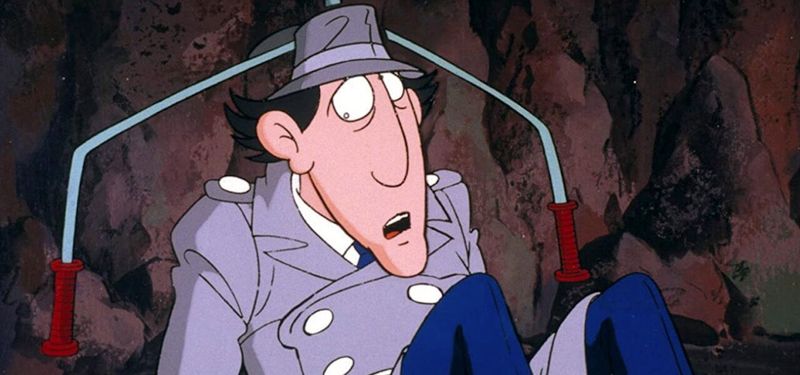
Inspector Gadget was more than a bumbling detective; it was a showcase of technology and innovation. The series emphasized the potential of technological advancements in solving complex problems.
Through Gadget’s humorous escapades, the show highlighted both the benefits and comedic pitfalls of reliance on technology.
Did you know? Inspector Gadget’s character was inspired by the comedic style of Inspector Clouseau from “The Pink Panther” series.
10. M.A.S.K.
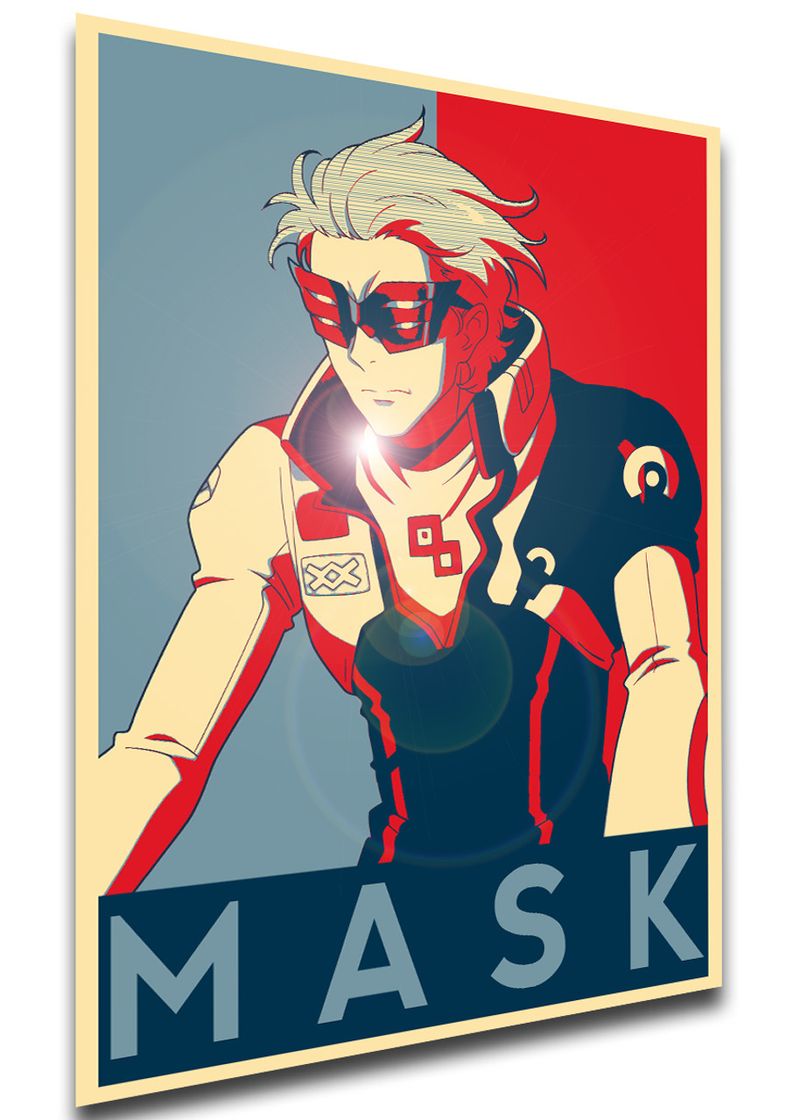
M.A.S.K. was more than high-octane action; it was a nod to technological prowess and defense strategies. The series showcased advanced vehicles and gadgets, reflecting military innovation themes.
The show’s heroes used cutting-edge technology to thwart evil, subtly promoting the importance of defense preparedness and technological superiority.
Interestingly, the series combined elements from both military and spy genres, appealing to a broad audience while embedding strategic narratives.
11. Jem and the Holograms
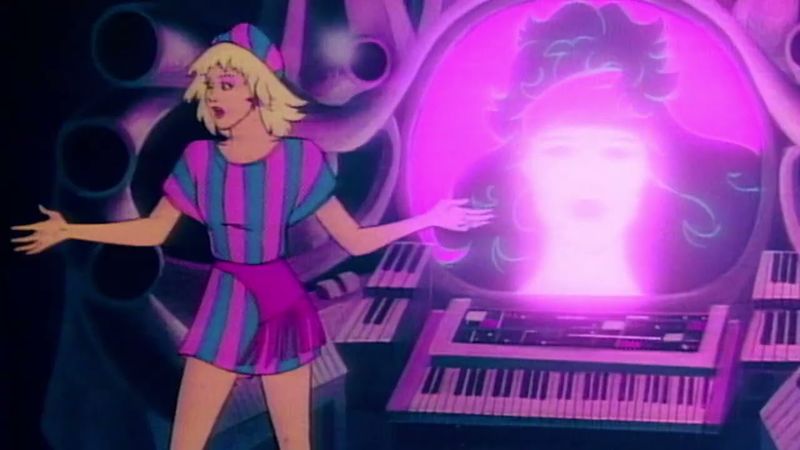
Jem and the Holograms wasn’t just about music and glamour. It carried underlying themes of identity and empowerment. The series highlighted the importance of self-expression and individuality, resonating with societal shifts towards personal freedom.
The show’s music-driven plots subtly encouraged creative pursuits and artistic expression.
Fun fact: Jem’s character was inspired by the 1980s music scene, reflecting the era’s vibrant cultural trends.
12. Care Bears
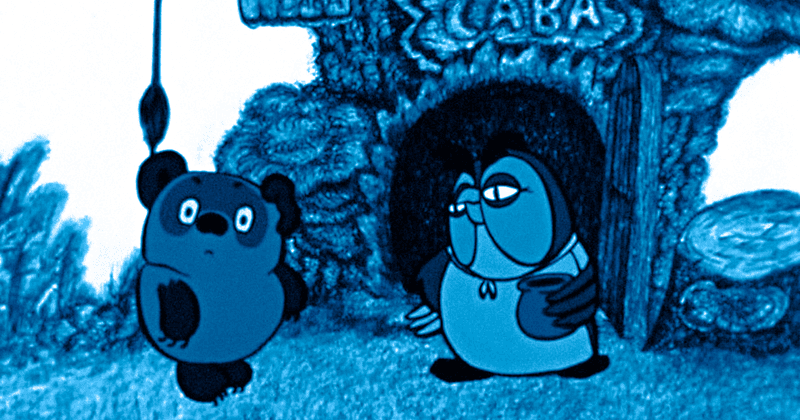
Care Bears was not just about spreading love and joy. It was a narrative on empathy and social harmony. The show depicted the bears using their unique abilities to overcome negativity, promoting kindness and understanding.
Through heartwarming adventures, it reinforced the importance of emotional intelligence and community support.
Interestingly, the series was part of a broader merchandise line, blending entertainment with consumer culture.
13. Voltron: Defender of the Universe
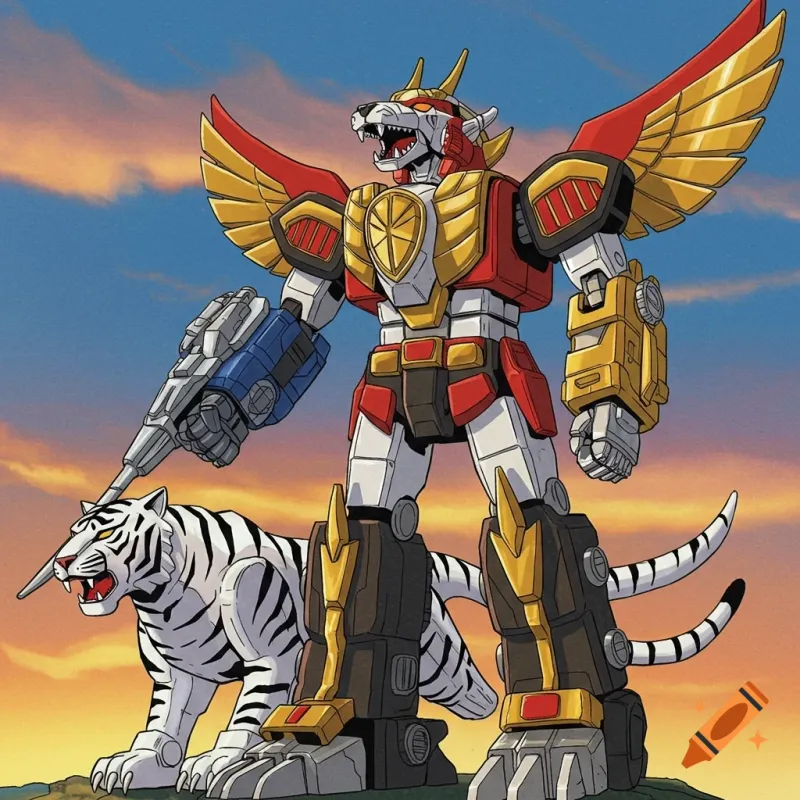
Voltron was more than a space adventure; it was a tale of unity and resilience. The series depicted diverse heroes coming together to form Voltron, emphasizing teamwork and collaboration.
The show’s battles symbolized conflicts of the time, promoting unity against common foes.
Did you know? Voltron was adapted from a Japanese series, showcasing international collaboration in animation.
14. Robotech
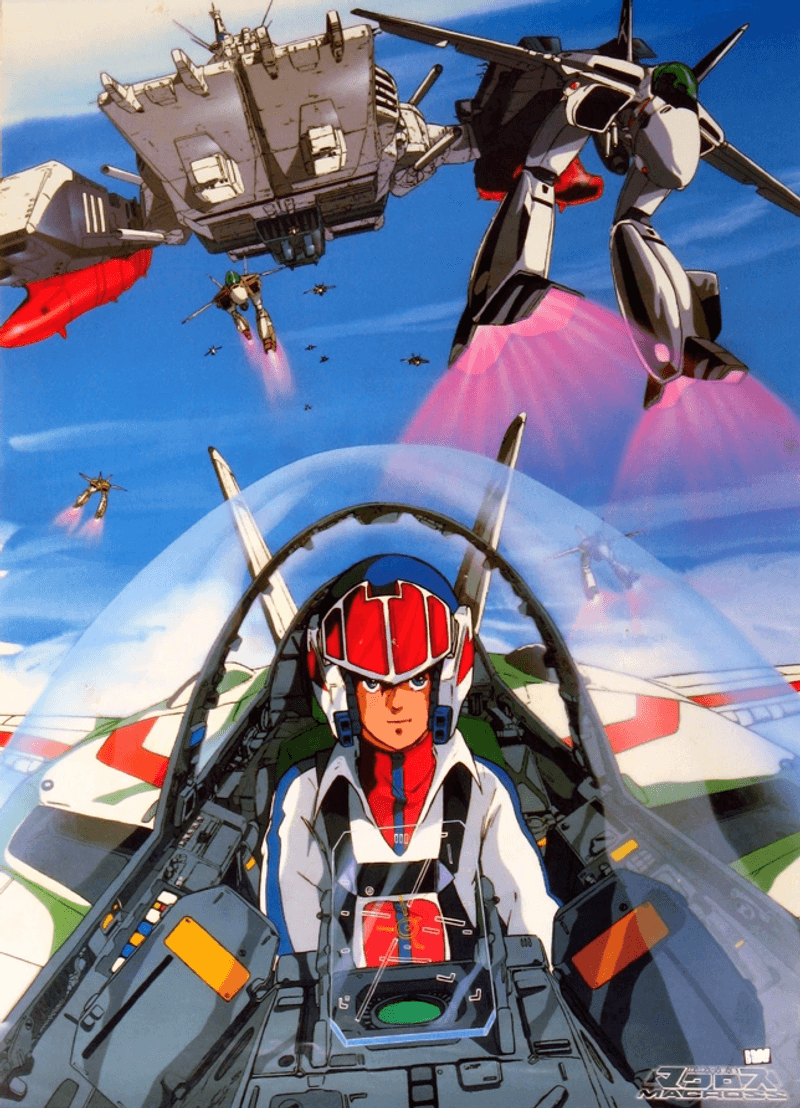
Robotech wasn’t just a sci-fi epic. It was a commentary on technological progress and international cooperation. The series highlighted the fusion of human ingenuity and alien technology, symbolizing global collaboration.
Its complex narratives subtly mirrored geopolitical dynamics, promoting peace through shared innovation.
Fun fact: Robotech was one of the first anime series to gain widespread popularity in the U.S., bridging cultural gaps.
15. The Smurfs
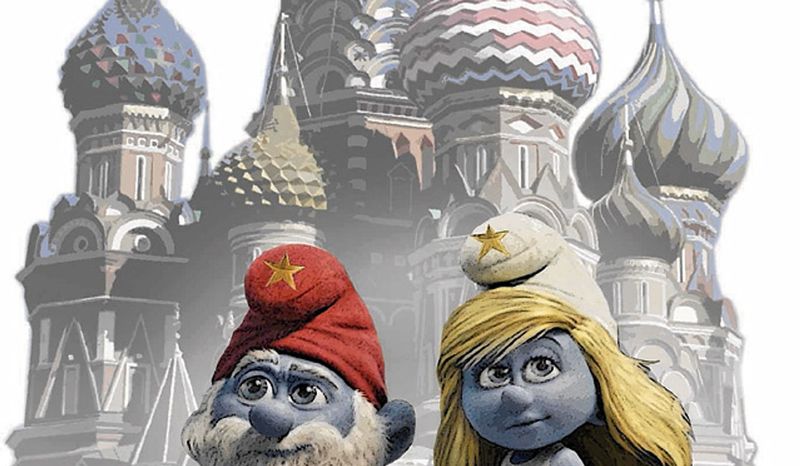
The Smurfs might seem like a simple tale of blue creatures, but it was a metaphor for communal living and socialism. The show’s depiction of Smurfs working together, sharing resources, and supporting each other resonated with socialist ideals.
Through their harmonious village life, the series subtly conveyed messages of equality and shared responsibility.
Interestingly, the Smurfs were created by Belgian cartoonist Peyo, reflecting European cultural influences.

